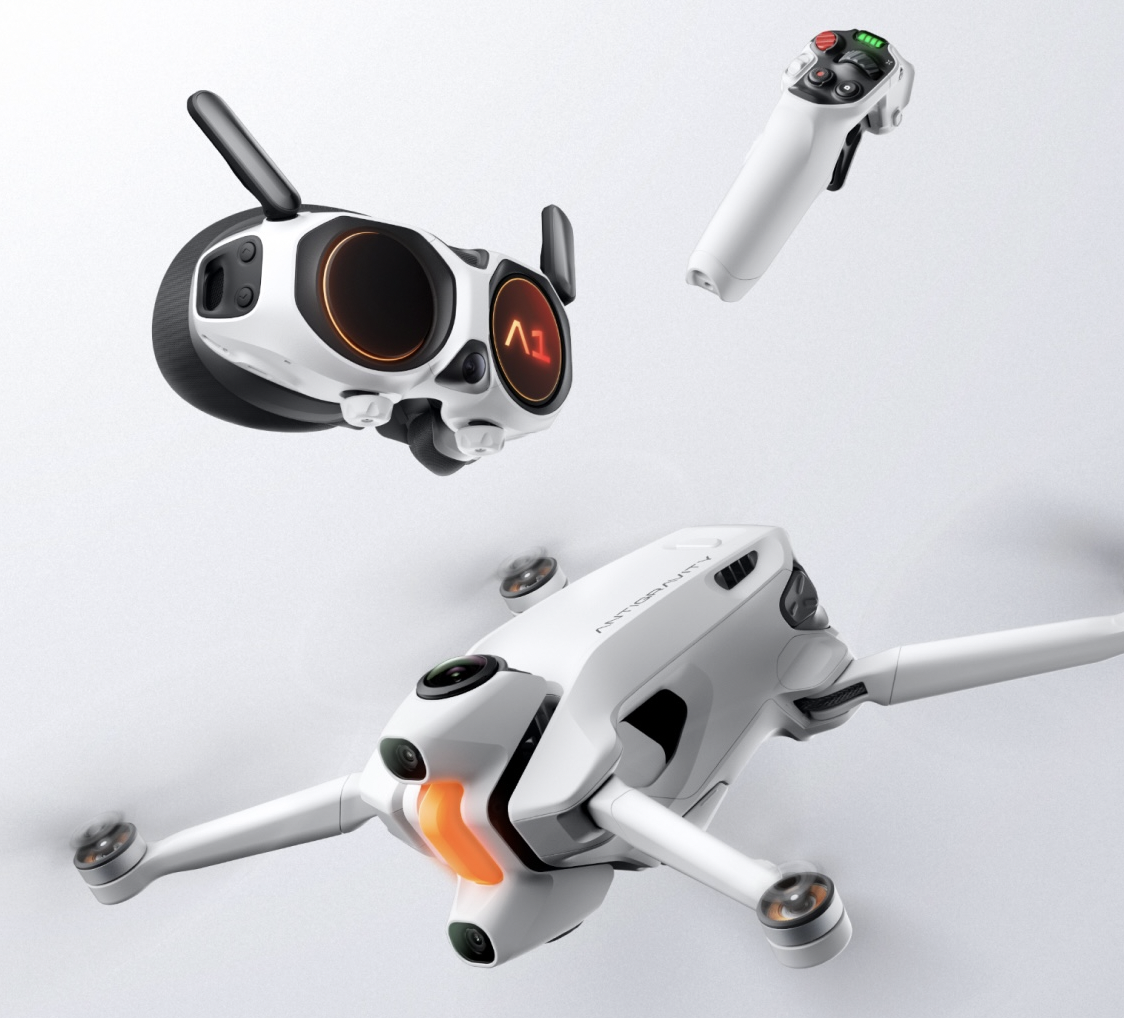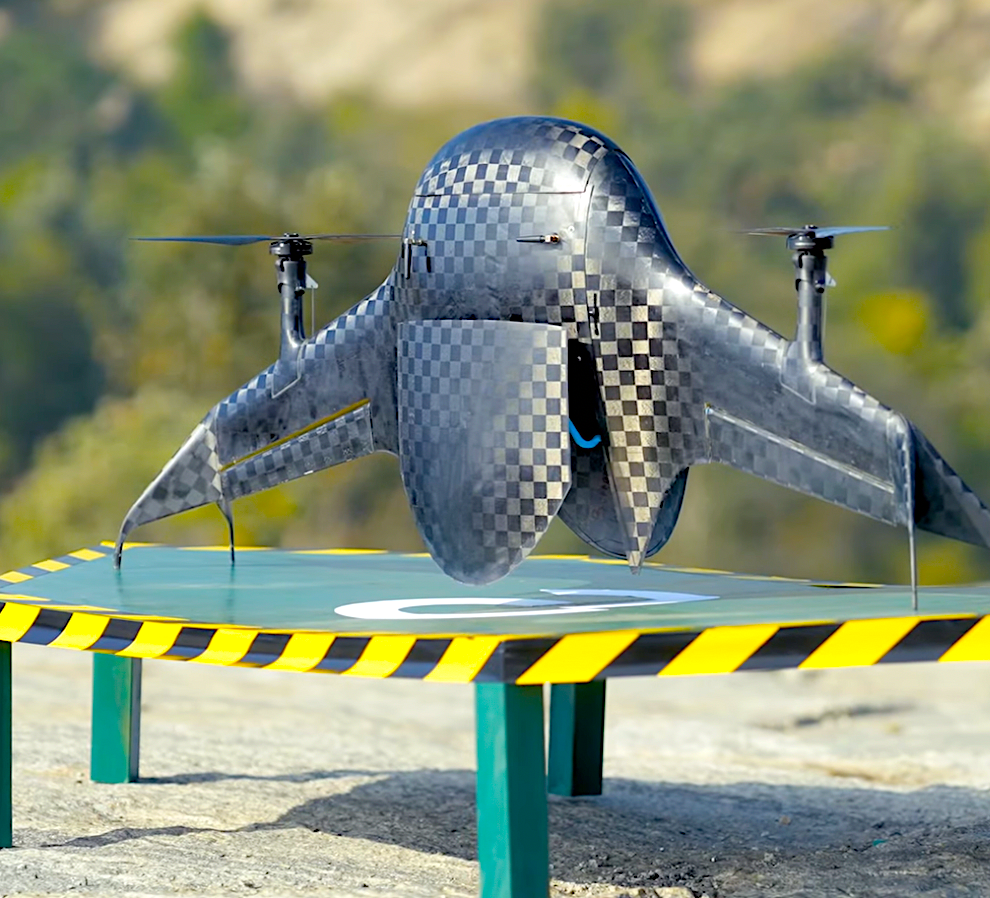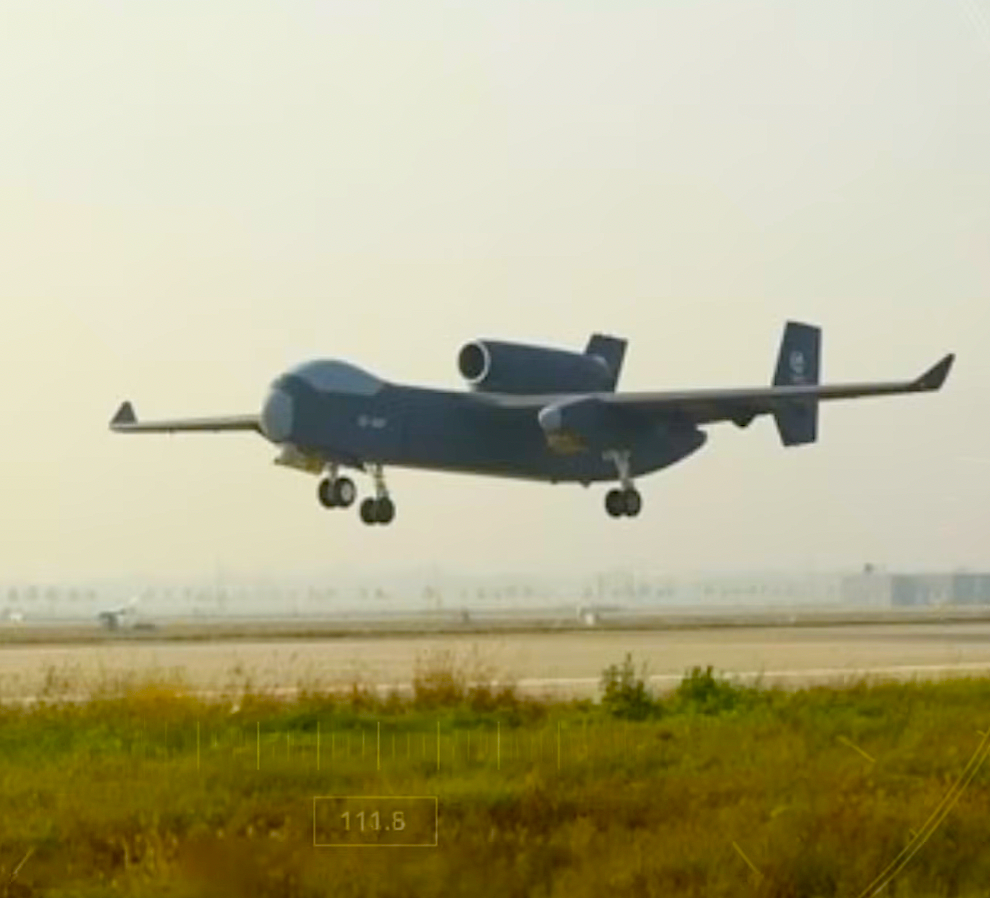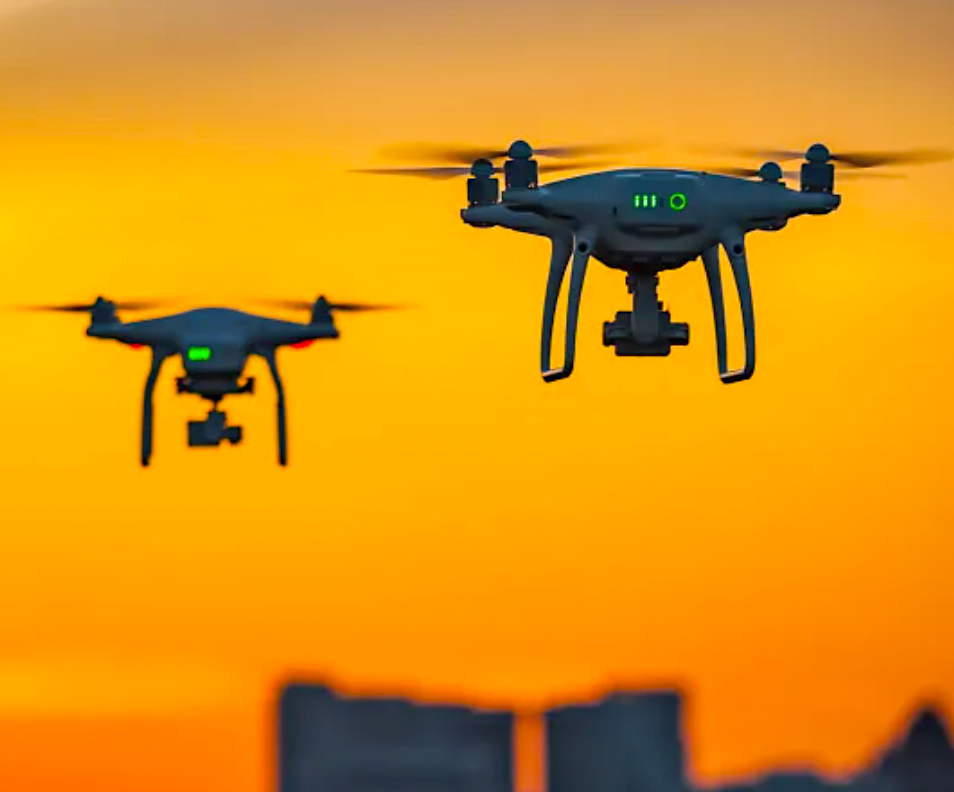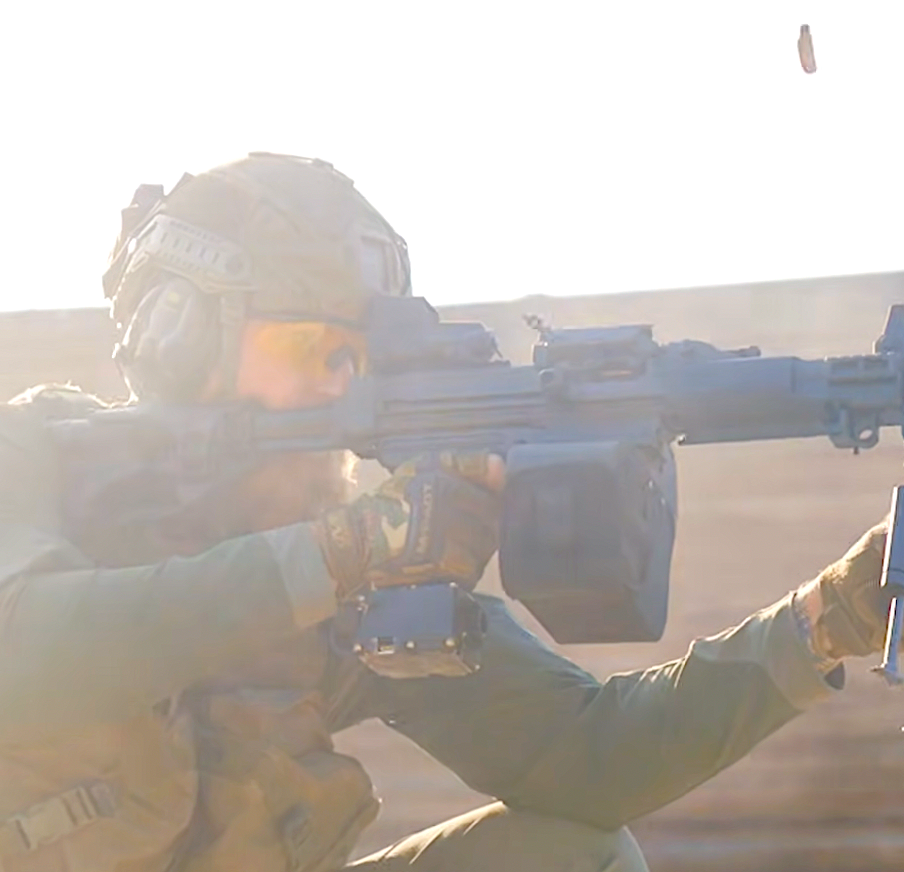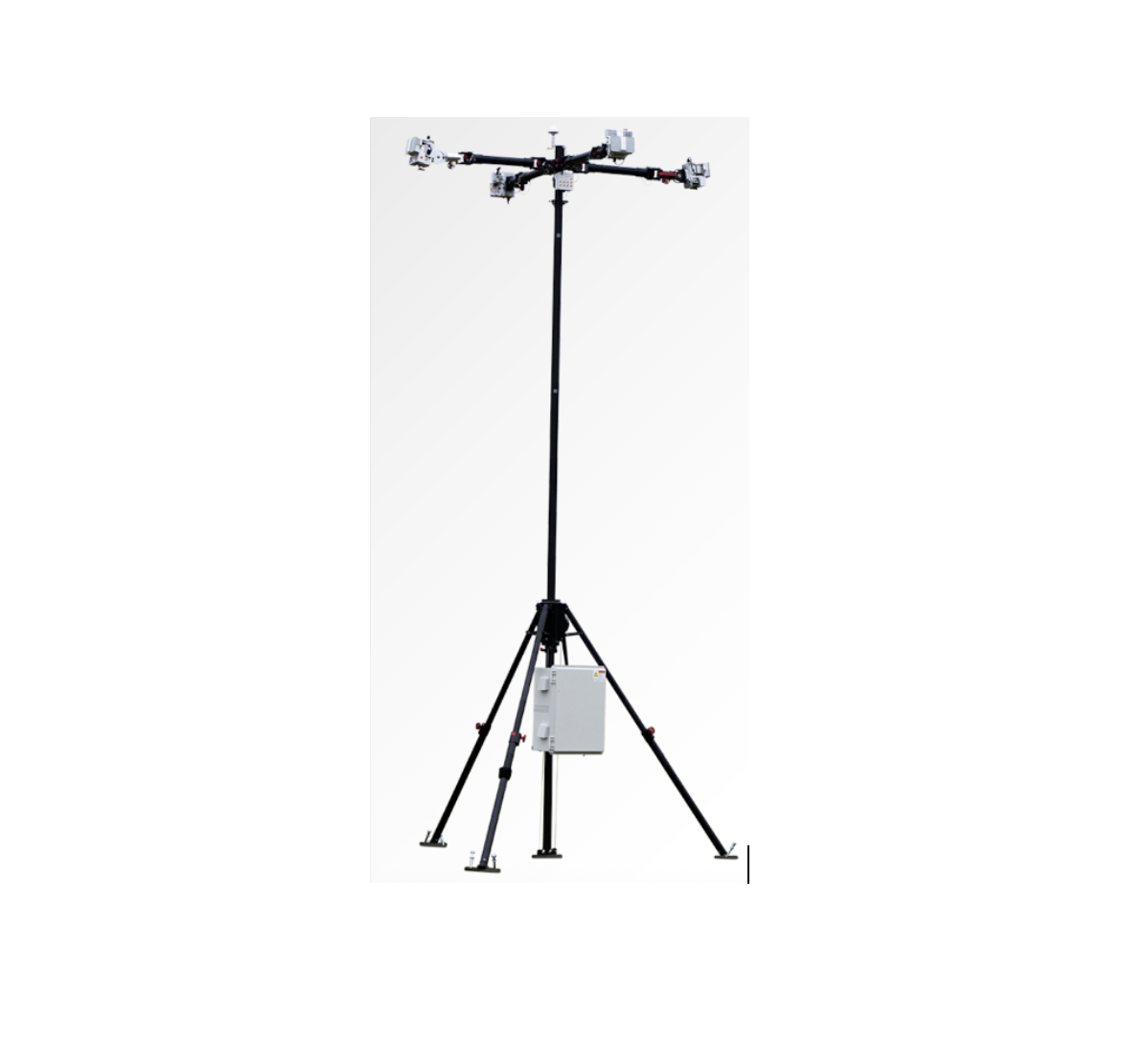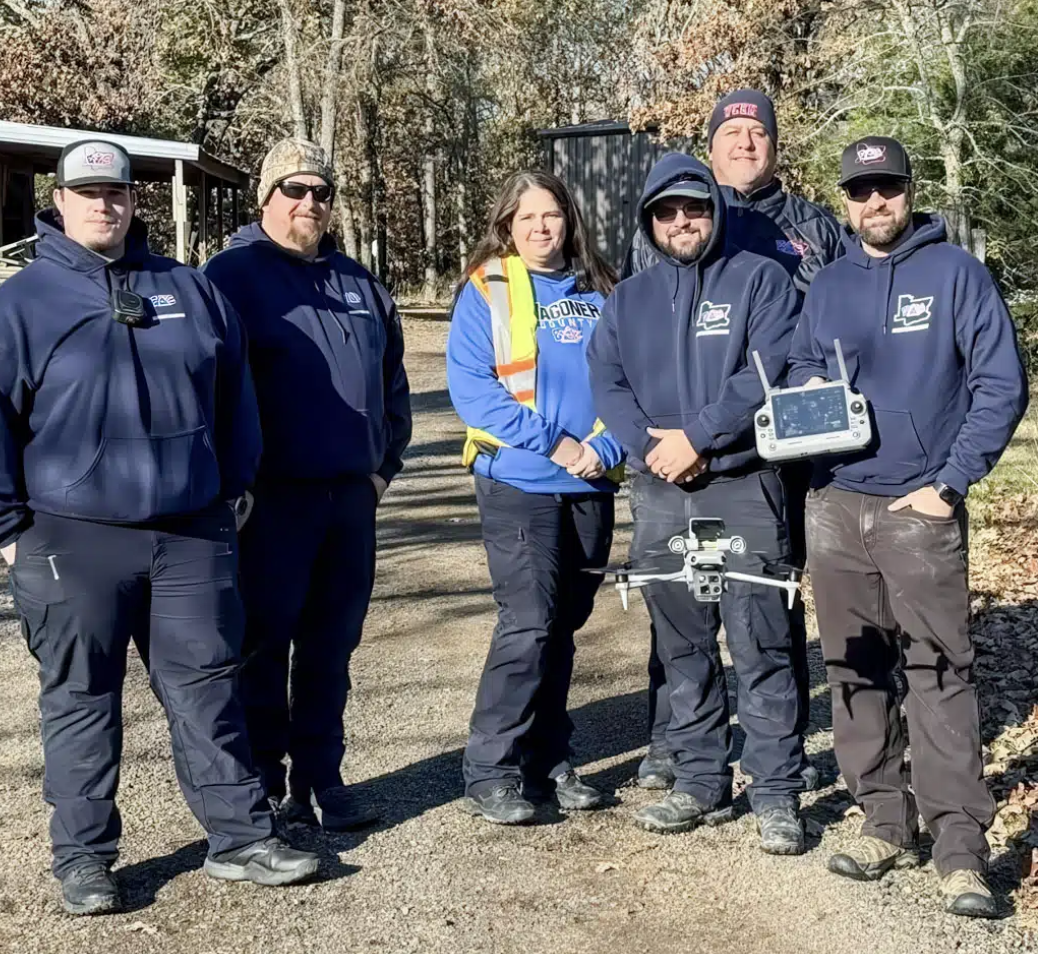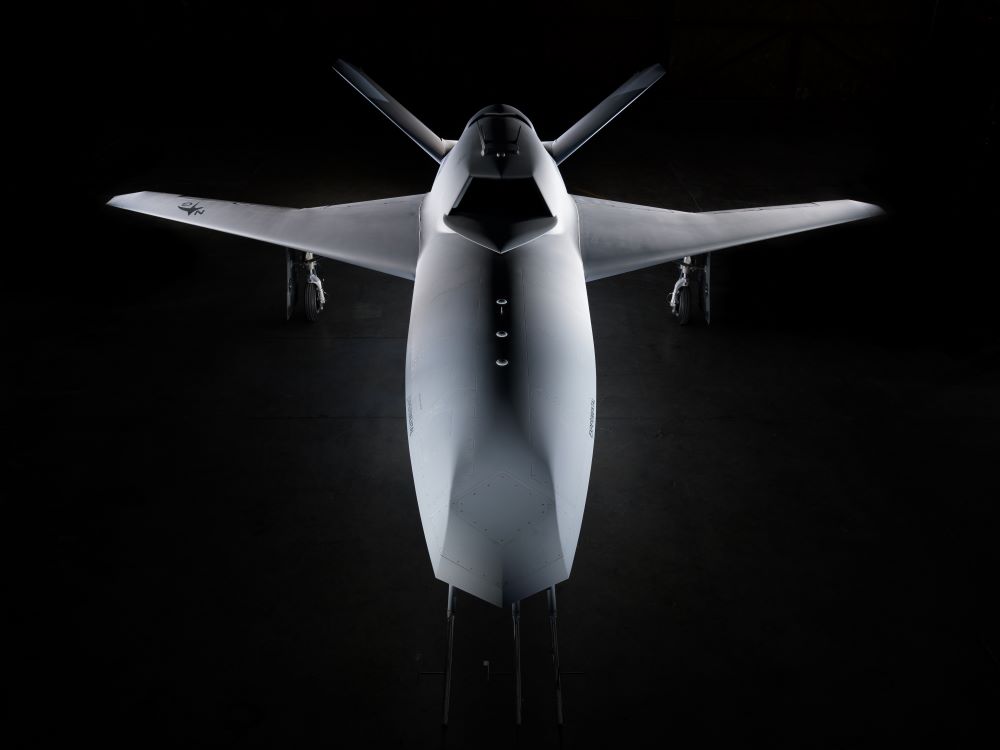Featured NewsProduct NewsVigilant Aerospace tests multi-radar system with OCAST/OAIRE
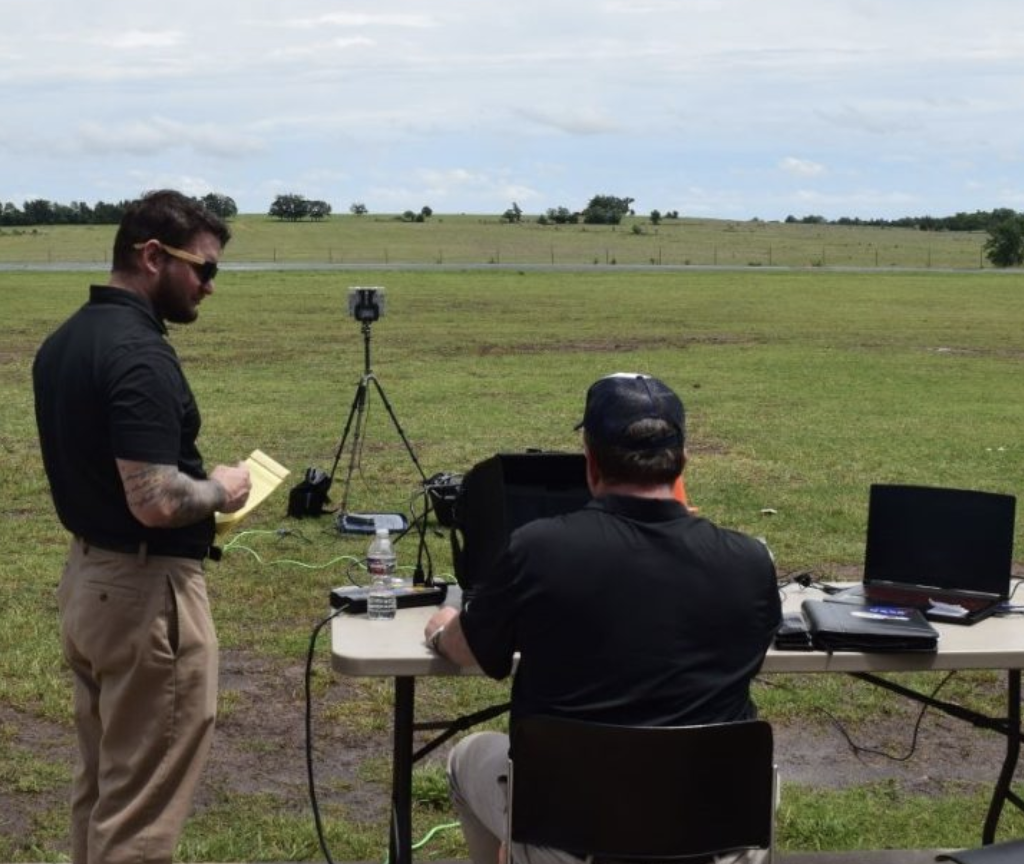
24 July 2024
The Vigilant Aerospace project with OCAST to develop a distributed detect-and-avoid and airspace management system continues to advance as the company completes multiple field tests of increasingly advanced versions of its FlightHorizon software.
The project seeks to test and demonstrate a networked version of the company’s award-winning product while integrating three different models and types of radar and utilizing multiple radars simultaneously to provide wide area coverage in support of emerging droneports and UAS flight corridors. The company has already received strong industry interest in the project and the system being developed and tested.
Project Background
The company was awarded a $500,000 grant as part of a nearly $1 million project sponsored by the Oklahoma Center for the Advancement of Science and Technology (OCAST) and the US Economic Development Administration for this project. Vigilant also won an OCAST grant in 2019 to work with OSU integrating new radars into its FlightHorizon collision avoidance system.
The Oklahoma Aerospace Institute for Research and Education (OAIRE) at Oklahoma State University is the project research partner and provides a flight facility, engineering support and aircraft for the project.
Solving a Critical Safety Problem for Drones
The project addresses the challenges posed by the growing volume of uncrewed aircraft operating in the National Airspace System, including inspection and delivery drones, first responder drones (DFR programs), and larger air taxi and cargo drones. While these autonomous vehicles offer significant societal and economic benefits, they require new airspace management paradigms to ensure safe integration into the existing airspace and air traffic.
This project therefore serves a wide range of purposes:
• Utilizing industry technical standards that are used as an FAA “means of compliance” to regulations.
• Ground-truthing of radar tracking data by using onboard precision GPS tracking of the actual aircraft location in comparison to the radar tracks.
• FlightHorizon track correlation to de-duplicate targets across multiple radars and sensors.
• Channelization of radar frequencies to deconflict multiple simultaneous radar beams.
• The use of extensible, scalable software and scalable computing power to expand the system to multiple radars and multiple nodes.
Detect-and-avoid systems (DAA) allow uncrewed aircraft to be aware of the air traffic around them and to avoid collisions and maintain safe distances. Effective DAA is critical to allowing drones and other autonomous aircraft to fly outside the sight of their pilots and to for long distances.
Vigilant Aerospace’s FlightHorizon fills this gap by integrating multiple sensors to allow autonomous aircraft to avoid collisions with manned aircraft and to keep a safe distance using sensors and shared online data.
Blazing a Path with New Technologies
The research is utilizing several radars to demonstrate different modes of detect-and-avoid. These include the EchoGuard radar, for localized, portable ground-based DAA for small UAS, and the EchoFlight, a radar mounted onboard aircraft for advanced air mobility (AAM) cargo drones, military UAS and air taxis.
The project also utilizes the newly released DeTect 7360 air traffic surveillance radar with a detection diameter of 14 kilometers and 360-degree coverage. This is a larger air traffic surveillance radar intended for facilities like droneports. FlightHorizon is the first integrated detect-and-avoid and airspace management system in the world to utilize this revolutionary new 3D, digital radar.
Real-World Field Testing
During the most recent field tests, the company successfully tested multiple radars connected to the FlightHorizon software with target correlation and coordinated field of regard (FOR) for the radars across the entire surveillance area.
The R&D project uses a mix of aircraft including multi-rotor drones, fixed-wing drones and small piloted Cessna aircraft. The goal of the mix of aircraft is to test and document both the detection ranges of the various radars and the effectiveness of the entire system in providing multi-sensor, distributed detect-and-avoid.
Additional integrated data sources include receipt of ADS-B transponder messages, autopilot integration, live FAA SWIM air traffic data, live weather radar from NWS, air navigation charts and many other data layers.
Project Significance to the Industry
The project focuses on testing and demonstration of distributed airspace management functions which are critical to developing UTM systems and building out larger air traffic surveillance projects. These projects can include multi-mile drone corridors, droneport facilities, long-range missions and AAM vehicles.
Demonstrating these capabilities is the first step in validating that the system meets with industry technical standards including the RTCA DO-365C standard for detect-and-avoid systems for larger UAS and the ASTM F3442/F3442M-23 standard for detect-and-avoid for small UAS aircraft.
In addition, integrating and testing the sensors, especially including radar, helps the company to calculate the safety contribution of the system to the flight, often called a “risk ratio.”
The multi-radar testing also serves to support development of the company’s dual-use civilian/military onboard detect-and-avoid product, FlightHorizon PILOT. The FlightHorizon PILOT implementation in this project utilizes the EchoFlight radar.
During this same project, the company also tested the ground-based airspace management version, FlightHorizon COMMANDER, with the DeTect 7360 air traffic surveillance radar.
Quote from Kraettli Epperson, CEO, Vigilant Aerospace
“OAIRE’s research and engineering support for this project has been exemplary and the testing environment at OSU’s Unmanned Aircraft Flight Station is perfect for putting some of the top radars currently available through their paces. With technology evolving rapidly in this space, it is important that we integrate and test the latest sensors in a rigorous way, and these live field and flight tests with general aviation aircraft are the best way to test real-world performance and prove out real-world safety.”
With this project, the company advances the release of a modular, multi-radar airspace management system with distributed, networked radars easily integrated into the FlightHorizon system. This provides UAS pilots and droneports with the ability to cover larger operating areas and to support many more uses for drones and AAM aircraft than are currently possible.
Read about the original news here:
Learn more about FlightHorizon here.

